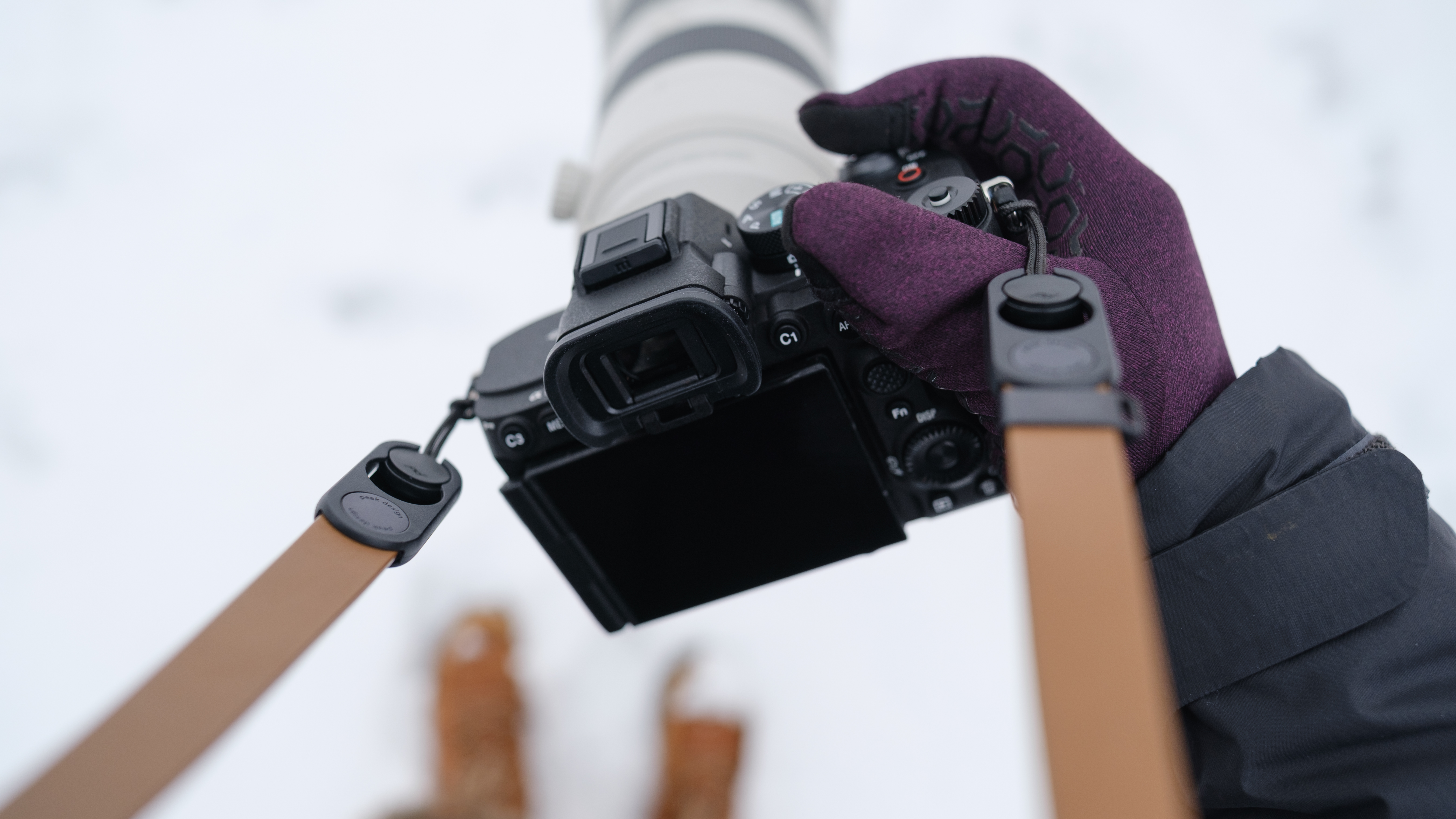How to shoot amazing winter landscapes – Part 4: Get creative
Here's 5 ways to jazz up your seasonal scenes by focusing on colours and patterns
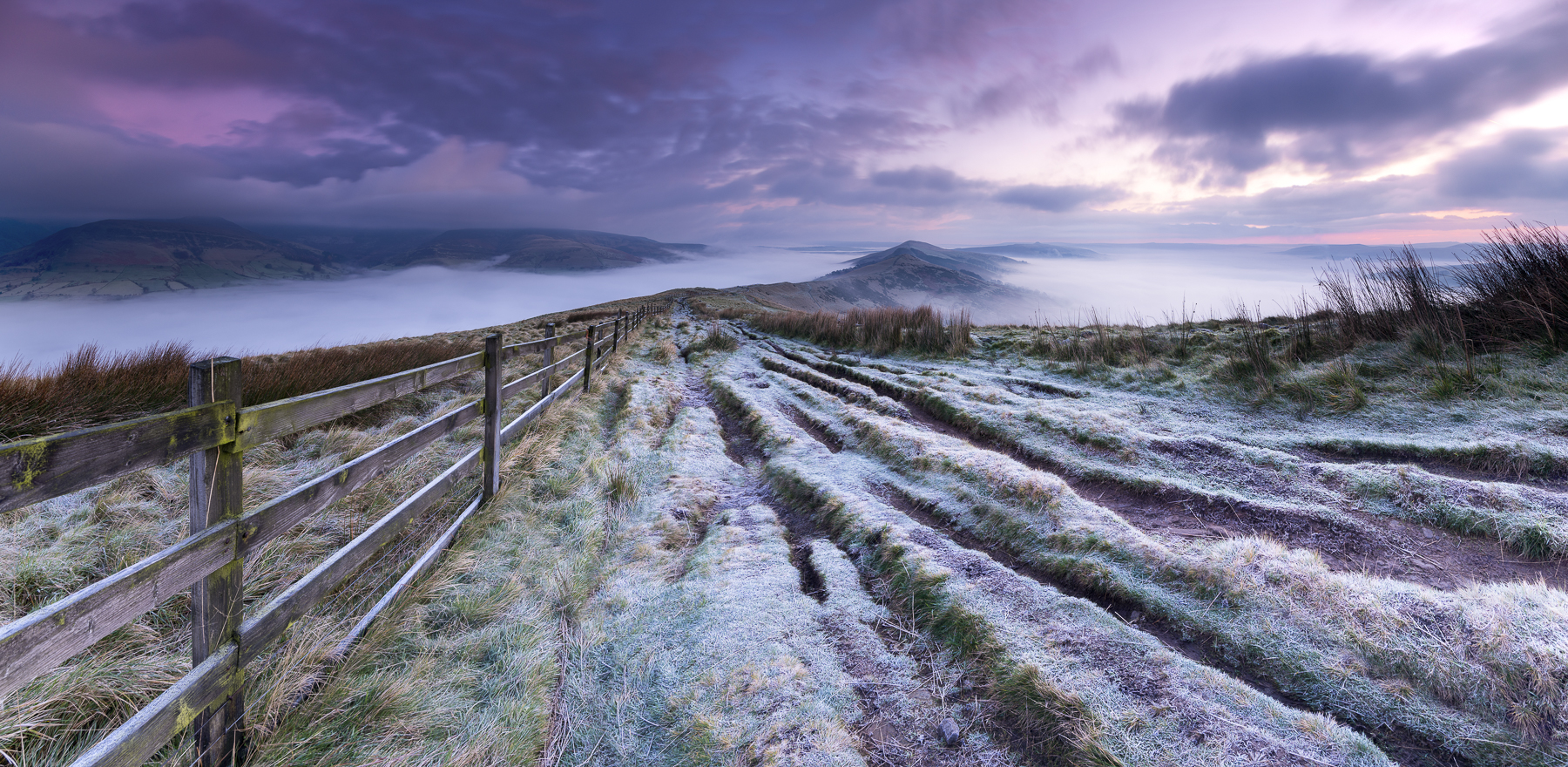
Now we've covered the basics of kit, settings and exposure, let's look at ways to liven up your winter scenes with some more creative approaches.
Light is everything to the outdoor photographer, and in winter, the sun is fairly close to the horizon all day. A lower sun angle sun means dramatic light and shadows, so why not try including the sun in the frame, either directly shining for sunbursts or peeking behind snow-covered trees?
Winter landscapes can be inherently un-colorful, so don’t be afraid to shoot in black and white and focus on tones and textures in the image instead.
• Best cameras for landscapes
• Best lenses for landscapes
1. Feature ice patterns
Cracks and bubbles in ice make for dramatic elements in a scene, especially when they’re used as leading lines. Here, the ice fills two thirds of the frame, and its scale is shown by the tiny car in comparison, driving across the distant horizon.
For a shot like this, use a wide-angle lens and position your camera on a tripod very close to the ground, looking across the ice.
The best camera deals, reviews, product advice, and unmissable photography news, direct to your inbox!
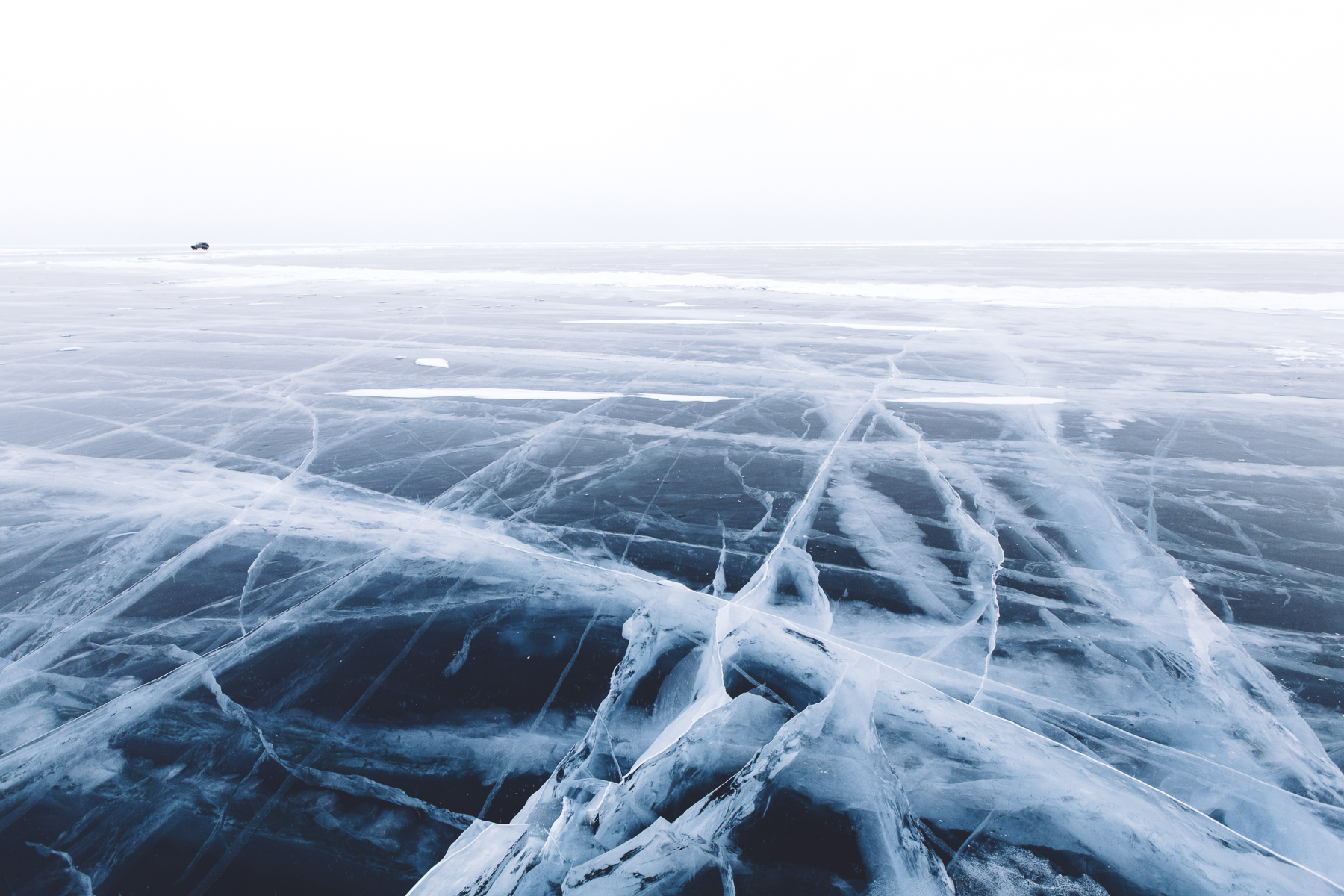
2. Enjoy subdued colours
Winter is generally a time of calm and quiet, and pastel hues relay that feeling. A cold and frosty sunrise is the perfect time to freeze pastel clouds in their tracks, so head out early for the best light.
With a tripod, you could also use long exposures to blur the movement of clouds across the frame. During editing, don’t spoil a tranquil scene by adding too much Vibrancy.

3. Go wider with a panoramic frame
This pristine pano scene was shot in South Korea by pro Nathaniel Merz. “Daedunsan looks particularly beautiful covered in just the right amount of frost and snow,” he says. “I was lucky to catch it without footprints.”
At first, Nathaniel was greeted by white-out conditions, but he waited for the fog to lift enough that the warm morning light could pour in and illuminate the tree. He used a 16-35mm lens for its wide view.

4. Create a snow globe effect
Try shooting urban landscapes as well as rural ones. This aerial view of a Canadian residential area presents a winter wonderland feel, and it was shot at twilight on a snowy day in December.
The golden lights provide extra atmosphere, and the photographer added a bit of tilt-shift magic to finish off the snow globe effect. If you don’t own a tilt-shift lens, you could apply a tilt-shift blur in Photoshop.
To keep your shot sharp, mount the camera on a tripod and point the lens down. If you’re shooting handheld, set a high ISO like 1,600.
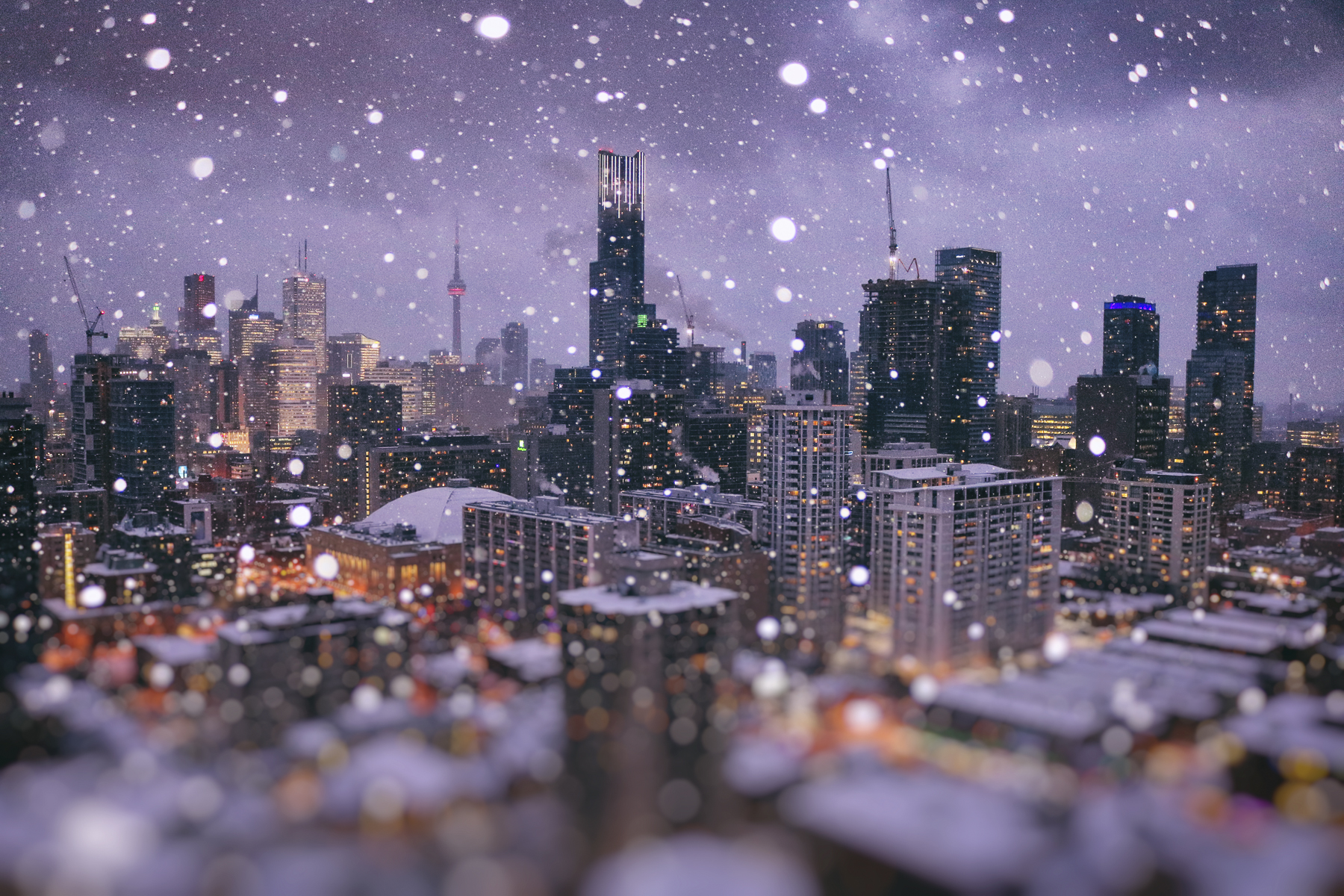
5. Stay after sunset
Twilight light can be ethereal as it casts a soft light across a winter landscape – especially near mountains. Shoot on clear nights, when even small amounts of ambient light reveal textures in ice and rocks.
It will be much colder at night, so be prepared with even more layers. For longer exposures, use higher ISOs and a sturdy tripod.
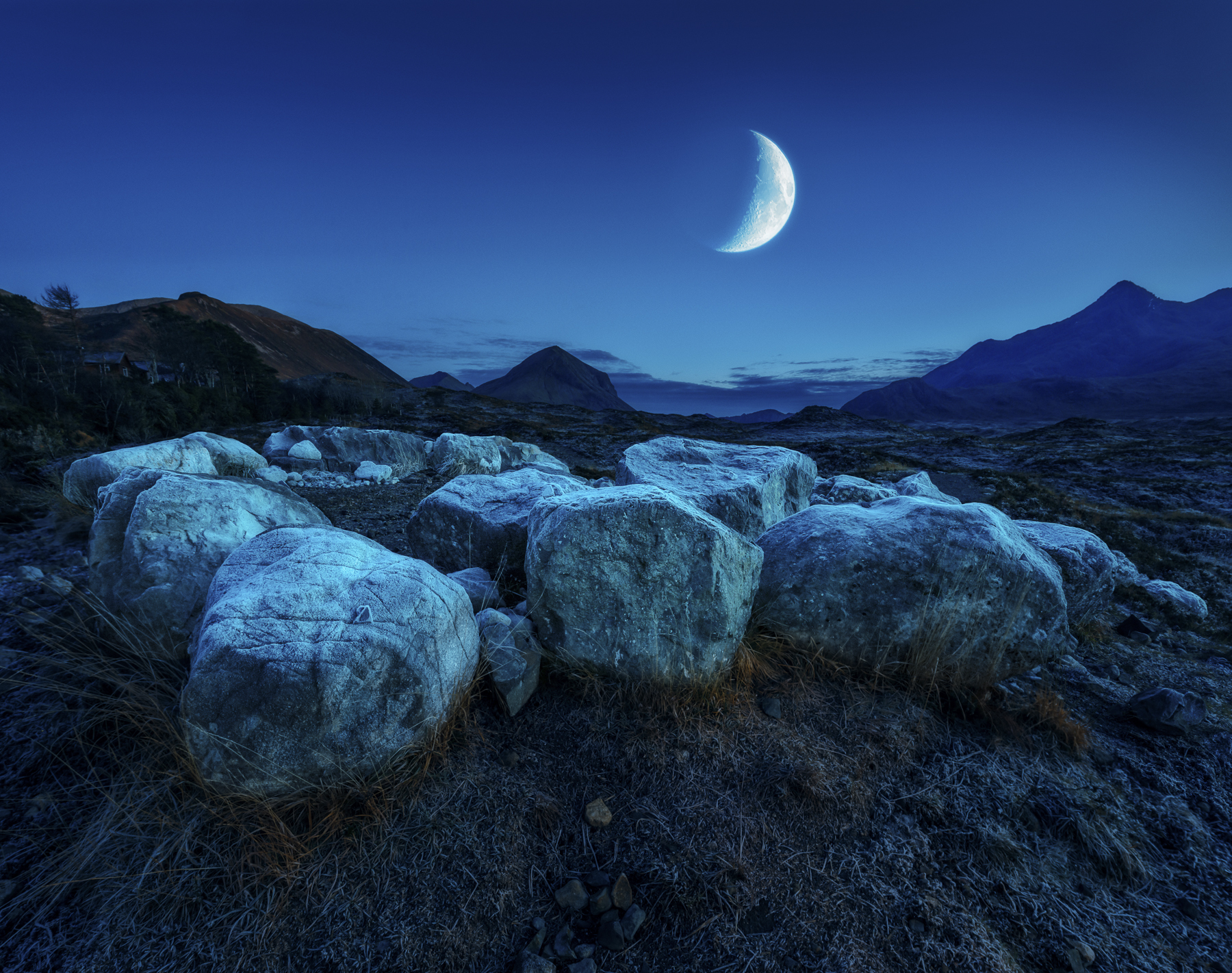
Read more:
Landscape photography tips
Best camera for landscapes
Best lenses for landscapes
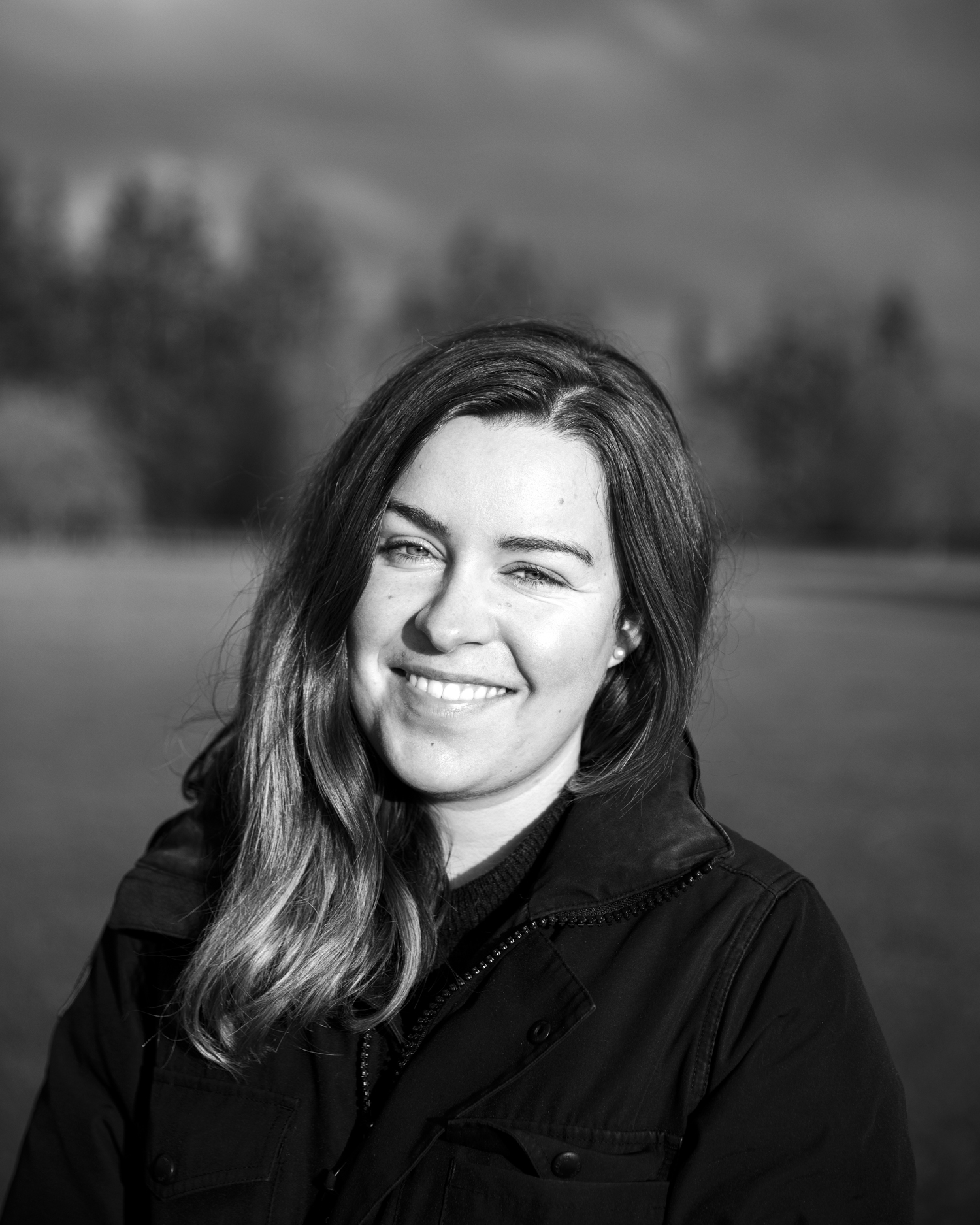
Lauren is a writer, reviewer, and photographer with ten years of experience in the camera industry. She's the former Managing Editor of Digital Camera World, and previously served as Editor of Digital Photographer magazine, Technique editor for PhotoPlus: The Canon Magazine, and Deputy Editor of our sister publication, Digital Camera Magazine. An experienced journalist and freelance photographer, Lauren also has bylines at Tech Radar, Space.com, Canon Europe, PCGamesN, T3, Stuff, and British Airways' in-flight magazine. When she's not testing gear for DCW, she's probably in the kitchen testing yet another new curry recipe or walking in the Cotswolds with her Flat-coated Retriever.
